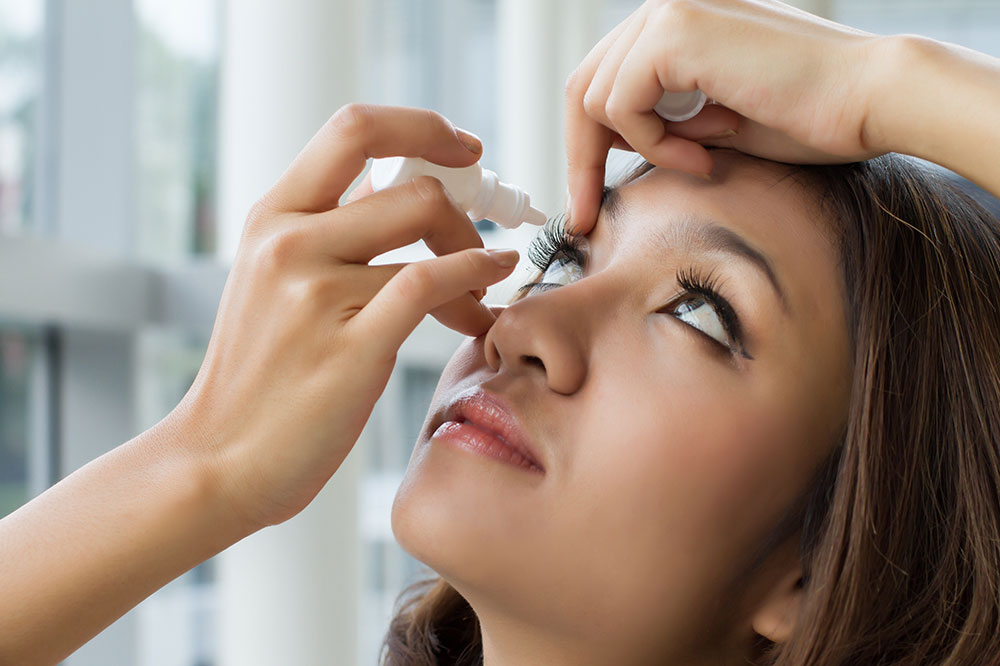
Dry Eyes – Types and Treatments
The eyes need mucus, oil, and water in order to keep the eyes hydrated and functioning optimally. When the balance between the three is wrecked, dry eyes occur. It causes symptoms like itchy eyes, redness, and blurry vision. Understanding the different types of dry eye syndromes can help one get them treated immediately. So, let’s take a look at the types of dry eyes and how to treat them effectively.
Types of dry eye syndromes
These are the two types of dry eye syndromes
1. Aqueous tear-deficient dry eye
In this condition, the glands fail to produce enough tears to keep the eyes moist and healthy. When this occurs, one experiences itching or burning sensation in the eyes, blurry vision, and inability to produce tears, even while crying. Age and Sjogren’s syndrome are also factors that cause this condition. Doctors usually test the patient for Sjogren’s syndrome to determine whether they have Aqueous tear-deficient dry eye.
2. Evaporative dry eye
Evaporative dry eyes are the most common type of dry eye syndrome. This condition happens when there are blockages in the tiny oil-producing glands in the eyes. One may experience various symptoms such as blurry vision, sensitivity to light, and a burning sensation. Evaporative dry eyes may occur due to various reasons, including eye surgery, medication, and skin conditions. There are a number of tests that a doctor may perform to determine whether or not one has evaporation dry eye syndrome.
Treatments
When it comes to treating dry eyes, moisturizing is key. This is because moisturizing ensures the eyes are wet and healthy. Various medications, procedures, and natural methods help treat dry eyes. Some of them are:
1. Eye drops and ointments
Eye drops soothe and cure inflammation on the surface of the eyes and can be used at any time of the day. On the other hand, eye ointments are effective; they may blur vision. Therefore, it is best to use them before sleeping.
2. Medication
Antibiotics in the form of tablets, ointment, or eye drops can help reduce inflammation and settle issues related to oil secretion. A doctor may also prescribe medication that helps stimulate the production of tears.
3. Special contacts and inserts
Special contact lenses help preserve the moisture in the eyes and are useful for people whose eyes dry up too quickly. Eye inserts are embedded in the eye, providing it with enough lubrication to function properly.
4. Omega-3 fatty acids
Including omega-3 fatty acids in one’s meals may improve inflammation and reduce dry eye symptoms. One can include fatty fish like salmon and tuna, flax seeds, walnuts, and even supplements.
5. Warm compress
Dipping a clean cloth in hot water and placing it on the eyelids can not only help reduce inflammation but also open up clogged oil glands. To ensure the cloth stays warm, one may need to dip it in warm water several times.



